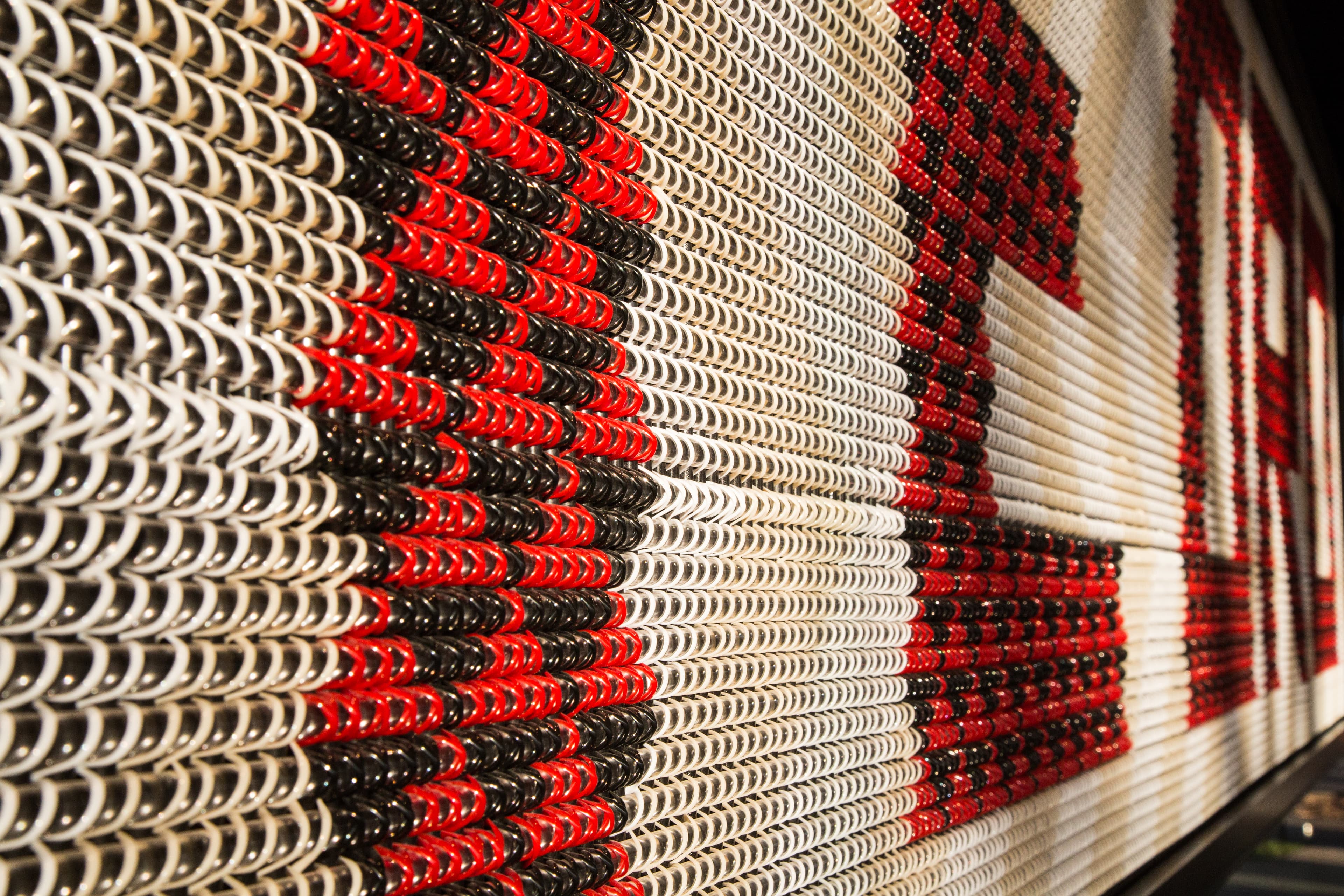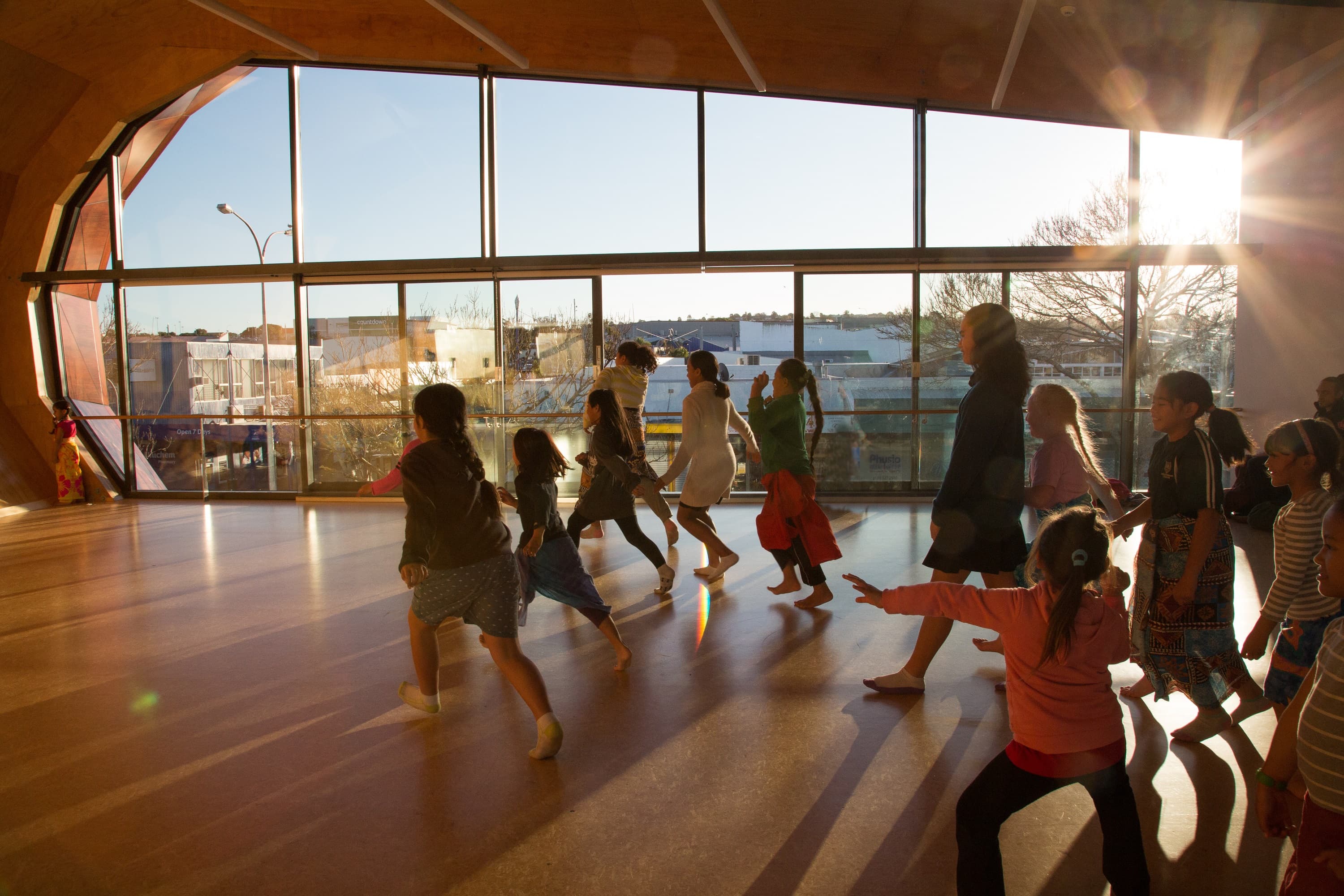

Māori engagement in infrastructure
We are undertaking research on Māori engagement in infrastructure.
About this research
This research is exploring how government infrastructure providers and Māori engage, and work, with each other on the planning and development of infrastructure. We are considering the full range of engagement - not just consultation but also collaboration, co-design, and empowerment.
We are also looking at how Māori engage in infrastructure more broadly. As part of this, we are drawing on research relating to Māori businesses and individuals in the infrastructure sector and exploring the extent of Māori ownership of and investment in infrastructure.
We are talking to infrastructure providers as well as Māori organisations and groups, and have reviewed existing research and information that is relevant to these issues.
As an important first step in our research, we have reviewed existing literature on Māori engagement in infrastructure.
The literature review draws on published work relating to Māori engagement in infrastructure, looking at literature on both Māori engagement on infrastructure proposals initiated by others as well as the wider involvement of Māori in infrastructure. It identifies some common themes in this research as well as areas where there is less information available.
Sources include articles published in academic journals, conference papers, theses, research and reports published by government entities and other organisations, and published opinion pieces.
We’ll use this to help guide our research, highlighting areas where we can help fill some of the gaps in the research currently available.
We’ll look for opportunities to release the findings of our research in stages. We’re aiming to release all our findings in early 2024. Our reports will indicate areas where we consider that further research is necessary.
About the literature review process
The literature review describes the opinions set out in previously published documents. This means those opinions should not be taken to be the opinions of Te Waihanga or the New Zealand Government.
This is a first step in our research on this topic. We’re publishing it now to help show the direction of our research. While we’re not consulting on this, we would welcome any feedback on this or our next steps. Get in touch.
This research looks at how infrastructure providers and Māori groups engage on infrastructure projects. It uses evidence and case studies to highlight the way this engagement occurs and areas where this works well, as well as where there are challenges.
Key findings
- There is strong consensus between mana whenua groups and people in the infrastructure sector that the best approach for engaging with each other is to establish and maintain enduring relationships that are based on trust.
- It’s important that public entities engaging with Māori groups on infrastructure understand the areas where other parts of their own organisation, or other public entities, are also engaging with those same Māori groups.
- When Māori groups participate in the planning and development of public infrastructure, it is not clear currently what role they have in relation to decisions that affect the cost of infrastructure initiatives or whether there is a shared understanding of who the Māori groups and other parties who participate in those initiatives are each accountable to.
- Some issues that can arise in relation to engagement on many infrastructure initiatives are: difficulty identifying which specific Māori groups, or who within a group, to engage with; not identifying that land affected by an initiative is multiple-owned Māori land; issues around sharing culturally or commercially sensitive information; and issues relating to the acquisition of land from Māori groups for infrastructure initiatives.
- There can sometimes be challenges for Māori staff within government due to having multiple accountabilities.
This research looks at Māori involvement across the infrastructure sector in investment, as suppliers, in the infrastructure workforce and as users of infrastructure. The Wider Māori Engagement Report collates information gathered through desktop research and interviews with infrastructure sector participants as well as input gathered from relevant agencies.
Key findings
- Whether a mana whenua group invests in a particular initiative is likely to depend on whether, with that investment, their overall investment portfolio would both deliver the necessary cash flow to enable the group organisation to function and distributions to be made to group members while also providing for long-term growth in the group’s asset base; and be sufficiently diversified to minimise the risk of large losses within one asset class, investment type, industry or sector, or geographic location.
- A number of mana whenua groups are also likely to take into account whether an investment would be environmentally responsible, create employment opportunities or align with tikanga, or the groups’ world view or values.
- With some notable exceptions, infrastructure assets that are both owned and operated by Māori groups tend to be at community-scale and serve communities that include a high proportion of Māori. In addition, mana whenua groups own the land on which significant amounts of central government vertical infrastructure are located (particularly schools, courthouses, and NZ Police facilities).
- There is currently a lack of data on how many, or what kind of, Māori businesses are working as suppliers in the infrastructure sector.
- Small to medium Māori businesses currently face barriers in obtaining contracts to work on infrastructure projects or programmes.
- Recent quantitative Te Waihanga research has found that the proportion of Māori in the overall New Zealand infrastructure workforce is slightly higher than the proportion of Māori in the New Zealand working age population, but Māori are under-represented in professional and manager roles in the infrastructure workforce.
This research investigates the impacts of past transport, energy, wastewater, education, and health infrastructure development on Māori. It looks to recognise and acknowledge that when Māori groups engage with government in relation to infrastructure planning or development this is often influenced by those past experiences.
Te Ao Māori Perspectives Advisory Group members
To provide support and guidance for this work we convened a te ao Māori Advisory Group.
The members of the project te ao Māori perspectives Advisory Group were:
- Amos Kamo (Ngāi Tahu, Ngāti Mutunga) – Director Policy & Performance Te Kurutao, Kāinga Ora Homes and Communities
- Dane Grey (Ngāti Whātua) – Senior Development Manager (Large Scale Projects), Urban Development – Delivery, Kāinga Ora Homes and Communities
- Teresa Poli (Ngāi Tūhoe) - Senior Consultant, Sustainability and Resilience, Aurecon.
The Advisory Group members shared their experience and knowledge with us. They were not in the Group as representatives of their iwi/hapū or as representatives of the organisations they work for.
We also acknowledge the input of Dr Rebecca Kiddle (Ngāti Porou, Ngāpuhi) and Elva Conroy (Tapuika, Tuhourangi and Ngāi Tahu) in earlier stages of this work.




